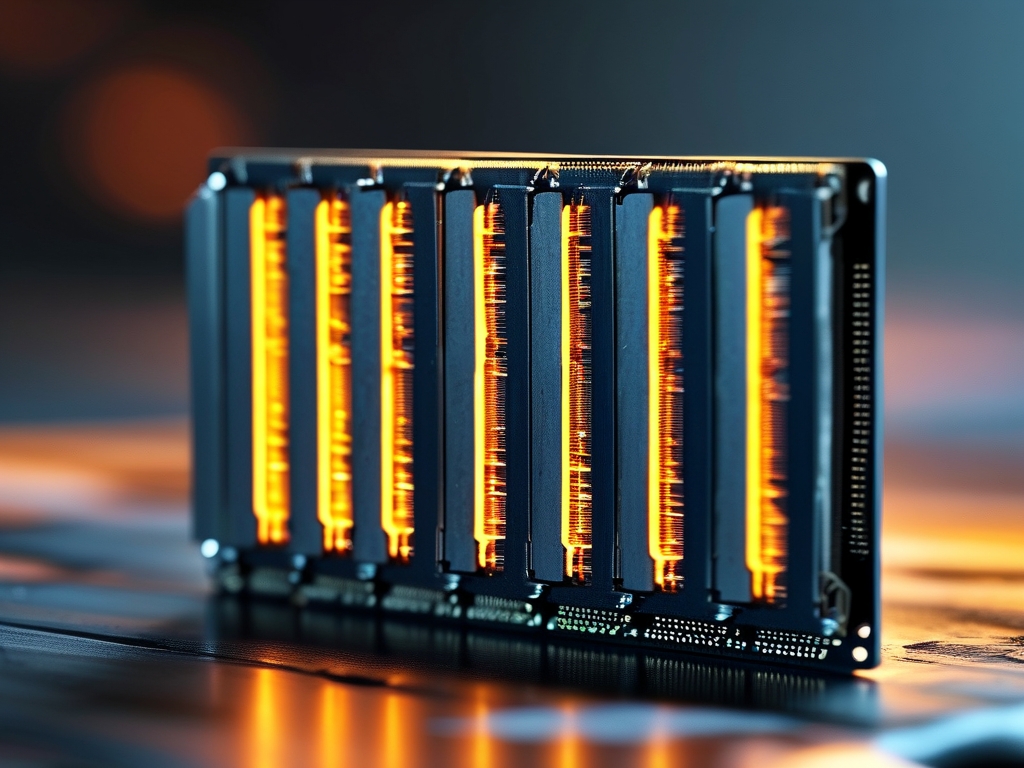When building or upgrading a computer, enthusiasts and professionals often focus on components like the CPU and GPU. However, memory (RAM) plays an equally critical role in system performance, especially when it comes to tasks that demand high bandwidth or low latency. Two key factors that determine RAM performance are frequency and timing. While these terms are frequently mentioned in hardware discussions, their interplay and impact on real-world performance are often misunderstood. This article dives deep into how RAM frequency and timings work, how to calculate their effects, and how to strike the right balance for your needs.

1. What Is RAM Frequency?
RAM frequency, measured in megahertz (MHz), refers to the speed at which the memory module operates. Higher frequencies allow the RAM to transfer data more quickly, which improves bandwidth-the amount of data that can be moved per second. For example, a DDR4-3200 module operates at 3200 MHz, theoretically offering double the data rate of a 1600 MHz module due to DDR (Double Data Rate) technology.
However, frequency alone doesn't tell the whole story. Modern RAM uses a clock signal synchronized with the CPU's memory controller. The actual performance gain from higher frequencies depends on how well the system utilizes this bandwidth. Tasks like video editing or 3D rendering benefit significantly from high-frequency RAM, while everyday applications may see minimal improvements.
2. Understanding RAM Timings
Timings, often listed as a series of numbers (e.g., CL16-18-18-36), represent the latency between specific operations within the RAM. These values are measured in clock cycles and include:
- CAS Latency (CL): The delay between a read command and data availability.
- tRCD (RAS to CAS Delay): Time taken to activate a row and access a column.
- tRP (Row Precharge Time): Time to close one row and open another.
- tRAS (Row Active Time): Minimum time a row must remain open.
Lower timings mean fewer cycles are wasted waiting for operations to complete, reducing latency. For instance, a CL14 kit responds faster than a CL16 kit at the same frequency.
3. The Frequency vs. Timing Trade-off
Higher frequencies often require looser (higher) timings to maintain stability. This is because pushing the RAM to run faster can introduce signal integrity issues, necessitating additional cycles to ensure data accuracy. Conversely, tightening timings at a lower frequency might yield better latency but sacrifice bandwidth.
To quantify this balance, engineers use the true latency formula: [ \text{True Latency (ns)} = \frac{\text{CAS Latency} \times 2000}{\text{Frequency (MHz)}} ]
For example:
- A 3200 MHz CL16 kit: ( \frac{16 \times 2000}{3200} = 10 \ \text{ns} )
- A 3600 MHz CL18 kit: ( \frac{18 \times 2000}{3600} = 10 \ \text{ns} )
Here, both configurations deliver identical true latency, but the 3600 MHz kit offers higher bandwidth. This illustrates why raw frequency or timings shouldn't be evaluated in isolation.
4. Overclocking and Stability
Enthusiasts often overclock RAM to push beyond factory-rated specs. Increasing frequency requires adjusting voltages (e.g., DRAM Voltage, VCCSA) and loosening timings. Tools like Thaiphoon Burner and DRAM Calculator for Ryzen simplify this process by providing safe presets.
However, stability testing is crucial. Utilities like MemTest86 or HCI MemTest can identify errors caused by aggressive overclocks. Poorly configured settings may lead to system crashes, file corruption, or even hardware damage.
5. Real-World Implications
- Gaming: High-frequency RAM (3600–4000 MHz) with moderate timings benefits frame rates in CPU-bound scenarios.
- Content Creation: Bandwidth-heavy tasks like rendering favor frequency over tight timings.
- Servers/Workstations: Low latency (tight timings) improves responsiveness in databases and virtualization.
6. Choosing the Right RAM
- Intel vs. AMD: AMD Ryzen CPUs are more sensitive to RAM speed due to their Infinity Fabric architecture.
- DDR Generations: DDR5 offers higher frequencies but often has looser timings compared to DDR4.
- Budget: High-end kits with Samsung B-die or Micron E-die chips provide the best tuning potential but cost more.
7.
Optimizing RAM performance requires understanding both frequency and timings. While higher frequencies boost bandwidth, tighter timings reduce latency-and the ideal balance depends on your workload. By calculating true latency and testing configurations, users can unlock their system's full potential without compromising stability. Whether you're a gamer, content creator, or power user, mastering these concepts ensures you get the most out of your memory investment.





